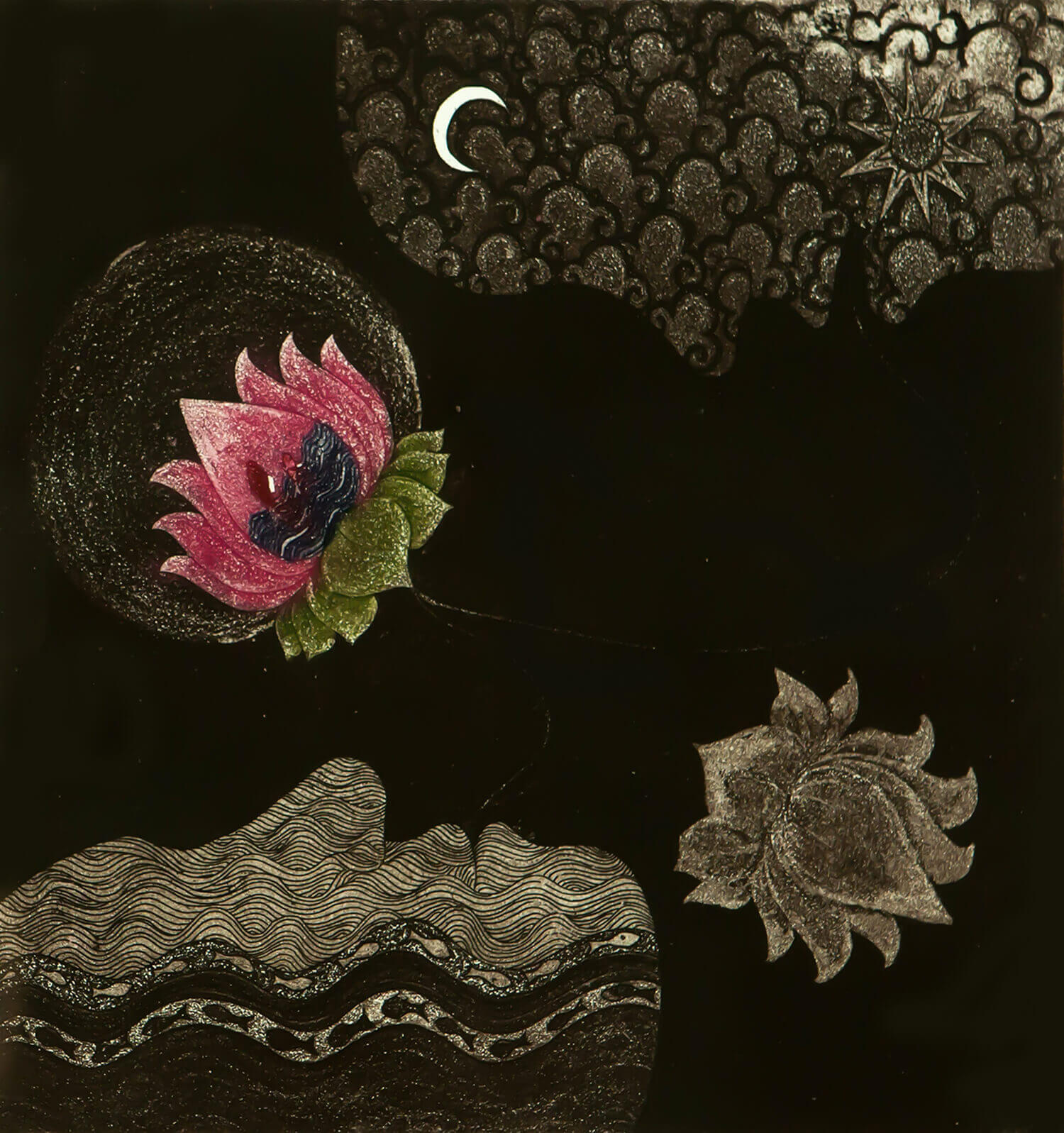Artivists at the Bank
An eclectic exhibition of Nepali art on the theme of social justice in Washington

In the lobby space surrounding the Preston Auditorium at the World Bank headquarters in Washington DC, a visitor will be surprised to see an exhibition of contemporary art from Nepal. Etchings, ceramics, acrylic on canvas and pencil sketches take the viewer into a personalised vision of Nepal.
‘Recovering Nepal’ is curated by Marina Galvani of the World Bank Art Programme and Mohini Malhotra, a micro-finance expert who left the World Bank in 2015 in part to pursue her passion for art. At the exhibit and elsewhere in the US capital, Malhotra is helping give Nepal’s artists international exposure, and the World Bank exhibition presents a representative sampling and up-to-date evaluation of contemporary Nepali art.
Mohini Malhotra is the daughter of the well-regarded former government secretary Ram Chandra Malhotra who died in 2001. Her interest in the fine arts was piqued early on due to the portrait of a ‘blue lady’ that went with the family around the world wherever he was posted with the UN.
“The blue lady was a constant in my life, and led to my interest in the fine arts,” explains Malhotra, who found out much later that the portrait was by Bombay-based Laxman Shrestha, who she regards as the foremost among Nepali artists.
Malhotra joined the Bank in 1994 and as she travelled the globe on work, developed an interest in contemporary and folk art. “My special mission has become trying to bring exposure and the market to the high art of women artists of the developing world,” she says.
As an independent collector and curator, Malhotra is now expanding her personal collection which she loans to exhibitions. She also works to develop the market for women artists from countries like Nepal. In Washington DC where she lives, she volunteers with organisations supporting immigrant and minority youth through the arts.
Explaining her focus on women artists, she says: “It is an attempt to correct an injustice. Only 5% of artists in the great collections of the West happen to be women. Less than 15% of solo art exhibitions are by women. Women artists are creating powerful visual stories, and the world needs to see and hear their stories – that call out social injustice, unequal voice, skewed power.”

In bringing Nepali artists to Washington and the World Bank’s permanent art collection, Malhotra collaborated with her elementary school friend Sangeeta Thapa of the Siddhartha Art Gallery in Kathmandu.
Says Malhotra, “I have found that the expression of Nepali artists, their use of cultural metaphors and their commitment to social justice, is unique. For an art world that is relatively small, the contemporary artists of Nepal are of high calibre.”
Nepali artists are artivists, and played a large role in the earthquake recovery efforts, bringing art as therapy to children and adults in destroyed villages and in makeshift camps across Kathmandu, she adds.

In ‘Recovering Nepal’, Malhotra values the traditional themes of Pancha Buddha renditions with modern interpretations by Seema Sharma Shah, Saurganga Darshandari’s fresh depictions of what it means to be a young woman in modern Nepal, and Ragini Upadhaya’s satirical take on contemporary themes. Other works are by Hit Man Gurung, Prithvi Shrestha, Gopal Kalapremi Shrestha and Sundar Lama.
The ‘Recovering Nepal’ exhibition was organised in response to the 2015 earthquake, and has ironically led to a significant addition of Nepali art to the World Bank Art Collection.





